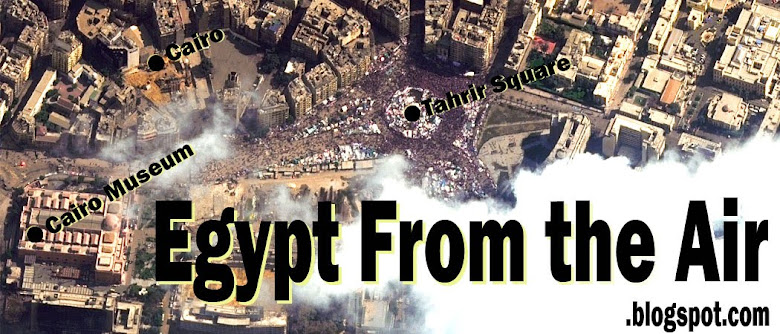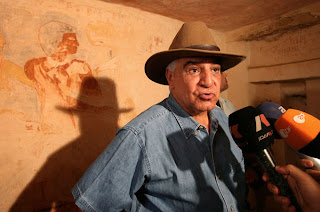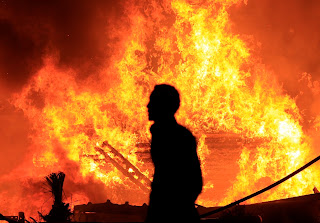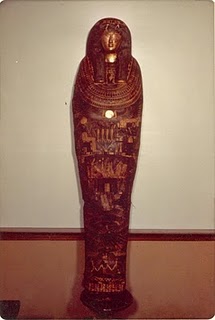Zahi Hawass sentenced over land dispute, while former prime minister set to stand trial on corruption charges. |
Zahi Hawass, Egypt's ebullient minister for antiquities, has been sentenced to a year in jail after he refused to implement a court decision in a land dispute.
The court on Sunday also fined him 10,000 Egyptian pounds (more than $1,600) in damages.
Hawass, who has reached international acclaim as an Egyptologist, said he would appeal the ruling and told journalists had the court's decision had not targeted him "personally".
The sentence will be suspended until the appeal ruling.
Hawass was named antiquities minister last month, but had held the position as head of the Supreme Council of Antiquities under Hosni Mubarak, Egypt's ousted former president.
Sunday's court ruling concerned a complaint brought against Hawass when he was Egypt's antiquities chief under Mubarak. Hawass was ordered to return the land to the plaintiff, but had allegedly refused to do so.
The ruling comes as other ministers who served under Mubarak found themselves the target of separate investigations.
Read the rest here
Read about the whole thing here (via NYTimes)


















